In Photos: Early Bronze Age Chariot Burial
Burial Chamber
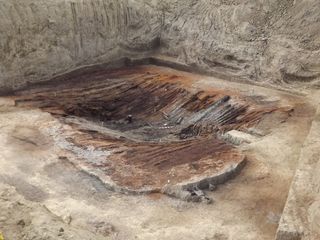
Archaeologists in the country of Georgia (in the south Caucasus) have discovered a burial chamber containing two chariots, gold artifacts, well-preserved textiles and human remains. The chamber was discovered in a Kurgan (a mound) that is 39 feet (12 meters) tall. The structure is more than 4,000 years old and dates back to a period archaeologists call the "Early Bronze Age." This image shows the roof of the burial chamber, it can be seen that the archaeologists had to dig down into the Kurgan to reach it. [Read full story]
Burial roof
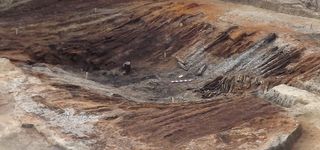
A close-up of the roof, which was made of logs and covered with a layer of wood chips and ochre, giving it a reddish appearance. The excavation was carried out in 2012 by a Georgian National Museum expedition led by Zurab Makharadze, the head of the museum's archaeology center. [Read full story]
Chariots
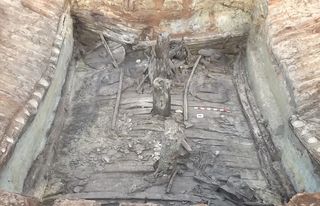
The burial chamber itself contains two chariots, seen toward the back, each of which had four wooden wheels (not all the wheels are visible in this picture). Three timber pillars, seen in this image, held the roof up. The burial chamber had been plundered (likely in ancient times), but many artifacts still remain. [Read full story]
Oxen-pulled chariots
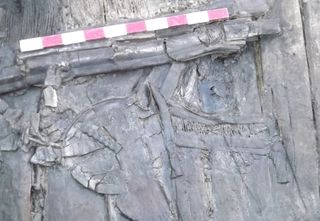
As the archaeologists continued to dig into the mound, more details about the design of the chariots appeared. The chariots, which would've been driven by oxen, predate the introduction of domesticated horses in the area. However no animals were found buried with the chariots.
Basket handle
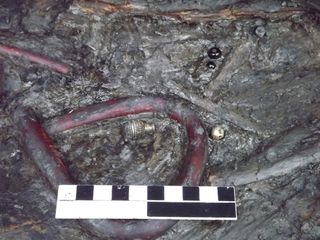
The archaeologists found a number of well-preserved artifacts, including finds made of gold at the site in the country of Georgia. The red artifact seen here is actually the handle of a basket. [Read full story]
Georgia
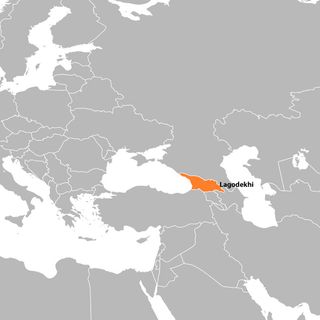
The country of Georgia (highlighted in orange) is located in south Caucasus. The Kurgan (mound) where the burial chamber was found is located in the eastern part of the country near the municipality of Lagodekhi. [Read full story]
Pulling chariots
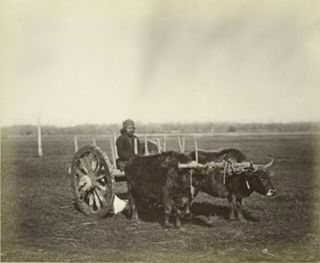
The chariots predate the introduction of domesticated horses in the area and would have been pulled by oxen, although no animal remains were found in the burial chamber. While oxen are not as fast as horses, these sturdy beasts were capable of pulling a four-wheeled chariot. In this image, shot around 1898, two oxen are shown pulling a two-wheeled cart in the Caucasus. [Read full story]
Sign up for the Live Science daily newsletter now
Get the world’s most fascinating discoveries delivered straight to your inbox.

Owen Jarus is a regular contributor to Live Science who writes about archaeology and humans' past. He has also written for The Independent (UK), The Canadian Press (CP) and The Associated Press (AP), among others. Owen has a bachelor of arts degree from the University of Toronto and a journalism degree from Ryerson University.
Most Popular


